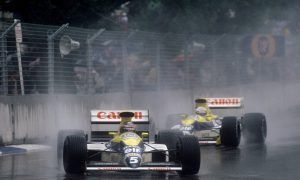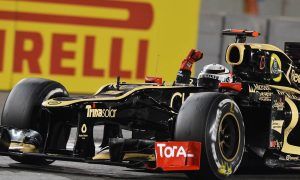If both solutions fail to satisfy the FIA’s tests and requirements, Whiting insists the ruling body will leave no stone unturned in its ongoing quest for improved safety.
“We have put in a huge amount of time, effort and research into this project, which has not been easy, in fact bloody hard. But I can definitely see the day when this will happen. One day there will be something that will decrease a driver's risk of injury.
“Whether it will be as good at protecting a driver from an object coming towards him as a fighter jet cockpit, I doubt that, but it will offer him protection.
“We have to persevere. We must make something, even if it's not 100 per cent in terms of protecting the driver under all circumstances.”
Last June’s Austrian Grand Prix saw Kimi Raikkonen walk away unscathed from a scary crash with Fernando Alonso that left the McLaren-Honda resting on top of the Ferrari only centimetres away from the Finn’s head. That was a very lucky escape - but it would be folly to continue to rely so heavily on good luck where driver safety is at stake.
The list of recent casualties in single-seaters – Henry Surtees (2009), Dan Wheldon (2011), Maria de Villota (2013), Jules Bianchi and Justin Wilson (2015) – and near misses – Felipe Massa (2009), Dario Franchitti (2013) – is a stark reminder that something must be done to further protect those we love watching in action.
Eric Silbermann tells us which circuits formerly on the F1 calendar he misses most
2016 F1 driver line-ups so far
F1 drivers' girlfriends gallery
Keep up to date with all the F1 news via Facebook and Twitter








